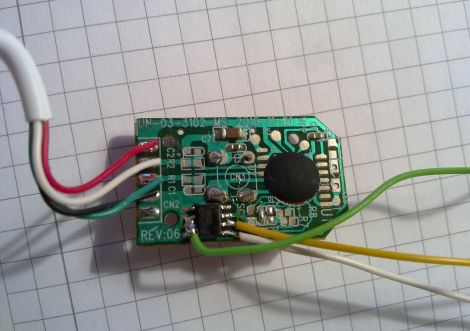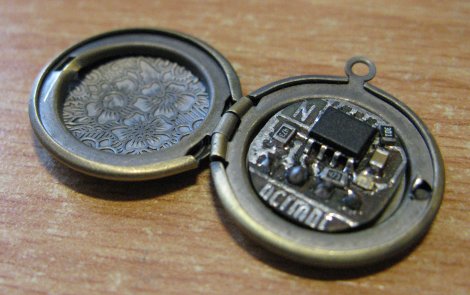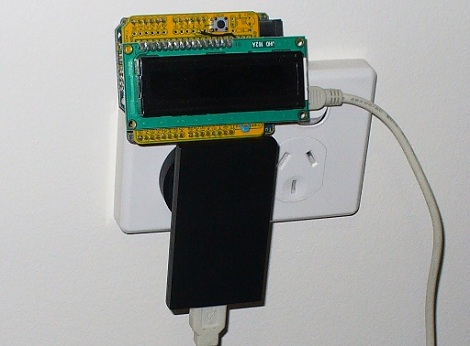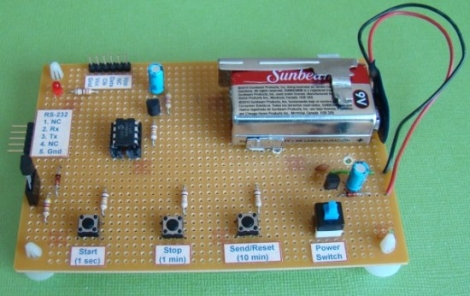
This work clock functions in an unexpected way. With each passing second it displays a random four letter word on the right side of the display. Traditional word clocks tell the time in natural language, but this one is simply used as a learning opportunity.
[Iron Jungle] got his hands on the display for just five buck from Deal Extreme. Looks like the price has gone up two dollars but that’s still a bargain. He wanted to use all eight digits of the display, and was looking for an opportunity to control more than one i2c device at a time. He ended up rolling an EEPROM and DS1307 RTC into the design. He figured the could display 24-hour time on four of the digits, and pull a library of four-letter words off of the EEPROM to fill the rest. He grabbed a word list off of the Internet then used a Python script to remove words containing 7-segment unfriendly characters (K, M, V, W, X, Z). The final touch was to use a salvaged relay to give the clock a ticking sound. Hear it for yourself in the clip after the break.
















